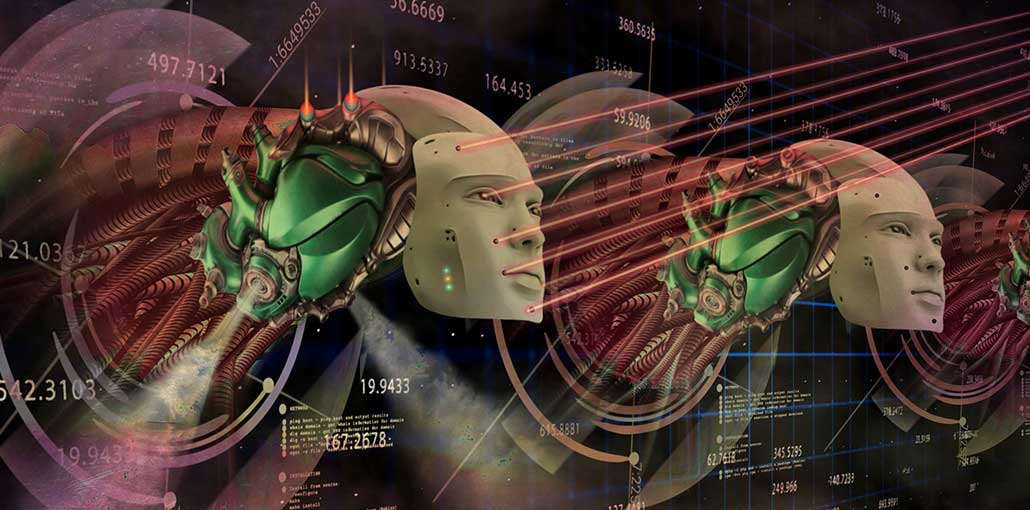Modality is the way something happened or was experienced. Most commonly, however, modality refers to sensory modality, channels of communication, or sensation. Multimodality means multiple data modalities (such as image, text, and speech). Multimodal artificial intelligence (AI) is a new field that allows AI to process and relate multiple data.
Multimodal vs Unimodal
AI systems have traditionally been unimodal. They are specifically designed to do a specific task, such as speech recognition and image processing. The AI system can identify the words or images that correspond to a given input, such as speech or an image.
AI can only deal with one source of information. This means that the system will ignore important contextual and supporting information in order to make its deductions. MultimodalAI proposes that we can better understand and analyze the information by using a variety of data modalities.
Challenges of Multimodal Learning
Multimodal data processing is crucial for AI advancements. It would allow us to refer to objects with multiple languages, such as text, visual, and speech. However, this requires a deep understanding of the relationships between different modes and modalities. We need to tackle several key issues in order to achieve this.
- Representation: The ability of AI systems to represent multimodal information with ” ground representations”, a common language for all multimodal datasets.
- Translation: an AI system’s ability to translate from one mode into the other.
- Alignment: An AI system must be able to recognize associations between elements from different modalities.
- Fusion: Fusion is an AI system that can process multimodal data together to complete a prediction task.
- co-learning: an AI system’s ability to transfer knowledge from one model to another.
Multimodal Learning Systems
These challenges have been addressed by AI researchers who recently achieved exciting breakthroughs in multimodal learning. Below are some of these breakthroughs:
- DALL.E was an AI system created by OpenAI. It converts text into the appropriate image to represent a wide range of concepts. It is basically a neural network that has 12 billion parameters.
- ALIGN was an AI model that Google trained over a noisy dataset with a large number of image-text pairs. This model achieved the highest accuracy in several image-text retrieval benchmarks.
- CLIP another multimodal AI system created by OpenAI, is able to perform a variety of visual recognition tasks. CLIP is able to quickly classify images into one of the categories provided it has natural language descriptions. It does not require any data.
- MURAL an AI model created by Google AI for image text matching and translating from one language to the next, is. Multitask learning is used to match image-text pairs with translation pairs in more than 100 languages.
- VATT was a Google AI project that aims to create a multimodal model using Video-Audio Text. VATT can predict multimodalities using raw data. It also generates descriptions of events in videos However, it can also pull up videos and classify audio clips. It can also identify objects in images.
- FLAVA is a multimodal model that has been trained using Meta over images and 35 languages, is FLAVA. The model has done well in a variety of multimodal tasks.
- NUWA is a joint venture between Microsoft Research and Peking University that produces new and modified images and videos for a range of media creation tasks. It is trained with images, videos, and text and given a sketch or text prompt to predict the next frame of the video and fill in any gaps.
Microsoft Research released Florence, which can model space, time, and modality. This model is capable of solving many common video language tasks.
Cross-Modal Applications
Multimodal AI has led to many cross-modality applications. These are some of the most popular applications:
- Image Caption Generation: Given an input image, image caption generation generates a description of the image. Image caption generators can be used to aid visually impaired people. They are capable of automating and speeding up the closed captioning process in digital content production.
- Text to Image Generation: This is the reverse of the image caption generator. The AI can create an image by using text input.
- Visual question answering (VQA): The model receives an image and a text-based query as input, and then generates a text-based answer. VQA is different than traditional NLPquestion answers because VQA reasoning uses the content of an object, while NLP uses text.
- Image to Text Search: Web search is another example of multimodal AI. Given a query in one mode, the search engine will identify sources based upon multiple modalities. Google’s ALIGN system is an example of such an AI system.
- Text to Speech Synthesis: This assistive technology can read digital text. This technology can be used with many personal digital devices, such as smartphones, tablets, and computers.
- Speech-to-Text Transcription: This technology is used to recognize spoken language and translate it into text. It is used in many digital assistants, such as Google Assistant and Apple Siri. It is used in many applications such as digital assistants (e.g., Apple Siri and Google Assistant), medical transcription, and speech-enabled technologies (such as websites and remotes for TVs).
Conclusion
Human beings have an inherent ability to process multiple modes of information. The real word is intrinsically multimodal. Multimodal learning in AI is a long-standing scientific goal that aims to shift away from the statistical analysis of one modality (such as images, text, or speech) and toward a multimodal understanding of multiple modes and their interaction.










Leave a comment